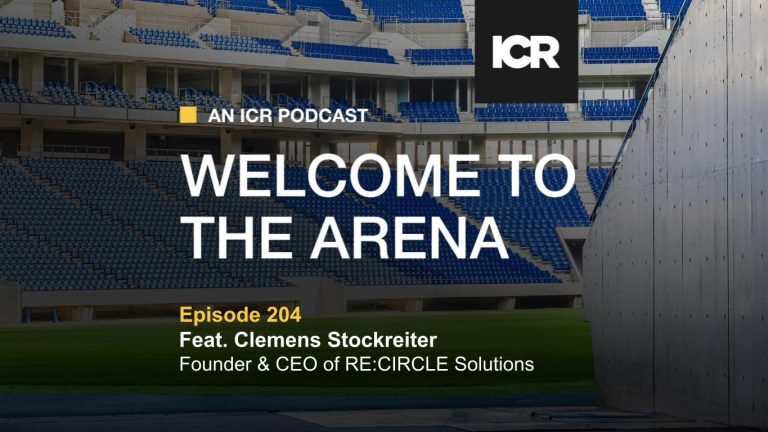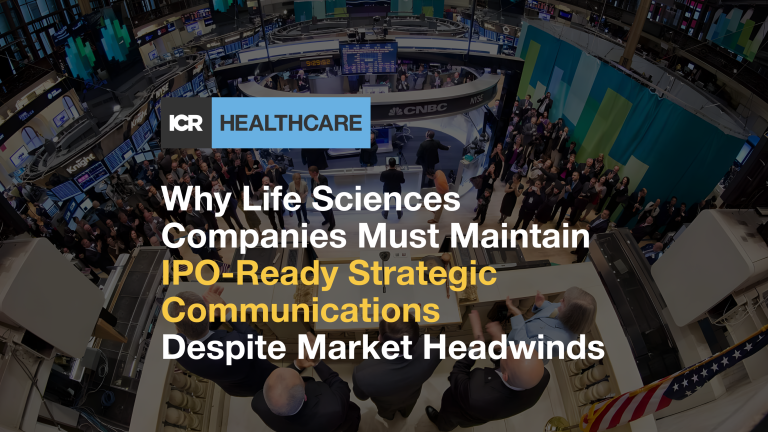The blog post first appeared on O’Dwyer’s.
In the wake of the IPCC report and the 26th UN Climate Change conference (COP26), it’s become indisputable that humans are influencing the warming of the earth and that immediate, collective action must be taken to limit widespread devastation. Thankfully, there’s growing momentum to save our planet.
Working together to slow climate change is top of mind for forward-thinking technology companies, but progress is slow. Calls to action are mounting from consumers, investors, and government bodies, yet only 20 percent of the world’s 2,000 largest corporations have made any sort of net zero carbon commitments to date.
The step towards net zero is an important one, not just because it’s the right thing to do for the planet, but because prioritizing climate issues also gives companies a competitive advantage. Between 2011 and 2019, the Stoxx Global Climate Change Leaders index outperformed the Stoxx Global 1800 index by 5.3 percent per annum. In order to reap the many benefits of climate-focused initiatives, PR leaders should play a leading role helping companies overcome the net zero carbon communications gap.
Challenges
Sustainable business is the future, but there’s still a lot of work to be done before the climate targets charted at COP26 will become a reality. Approaching net zero is an especially daunting task for the four-fifths of businesses that haven’t yet broached the topic, but starting a conversation about the challenges can get the ball rolling:
- While one of the most significant outcomes of COP26 was the formation of the International Sustainability Standards Board (ISSB), which aims to develop global standards for how companies should disclose their sustainability-related impact to financial markets, there are currently no formal or mandatory reporting regulations in place, leaving many companies directionless and unable to accurately measure their impact compared to their peers.
- The first movers are facing scrutiny for failing to disclose enough specifics—tactics and timelines—detailing how they plan to reach their goals. But until ISSB regulations are implemented, there are no formal disclosure and compliance requirements to keep companies in check.
- Companies fear scrutiny from the industry if their planned practices are deemed less effective. While there’s truth that approaches like carbon offsets—planting trees or protecting forests—have a smaller impact than reducing reliance on fossil fuels, any impact is better than none.
Despite these challenges, companies don’t need to have all of the answers to take action; it’s more important to start the process and inform stakeholders. There are three key practices companies can adopt to benefit the environment—and their shareholders—while avoiding criticism:
- Involve key decision makers from day one
- Develop a flexible plan
- Overcommunicate to all shareholders
Internal Communications: Get all decision makers involved early
Net zero is a seemingly simple concept; offset greenhouse gas production by taking measures to reduce existing greenhouse gases. But in reality, it’s a topic that has baffled the world’s greatest environmentalists for decades. Achieving net zero is a multifaceted problem that touches every part of a company, so there’s no one-size-fits-all approach. But despite the lack of an obvious path forward, one thing is clear: real change starts from the top. In order to create a lasting impact—on both stakeholders and the environment—it’s essential that key decision makers get involved right from the start.
Collaboration is necessary for progress
Whether the goal is healthy returns or a healthier planet—or both—the pursuit of net zero must intertwine with every aspect of the organization. Companies can do this by involving the executive team and board members in early planning stages to share cross-organizational knowledge and external expertise. They can then assign a core task force to gather that knowledge and distribute it throughout the organization, making clear the direction, steps and goals to all key decision-makers. Coupled with regular, climate-focused meetings, this approach will help prioritize net zero planning and create a culture of positive change.
Wisdom can come from unexpected places
However, change doesn’t always have to come from within the company. External partners can also be helpful collaborators; they may be working on their own ESG or net zero targets and could have useful insights that may supplement the process. Even competitive alliances can help with early-stage and more advanced plan development. Plus, working together can lead to even larger scale benefits:
Lead by example. Putting purpose over profits to develop industry-wide standards with other major players is one of the most effective ways to make a lasting difference while the world is waiting for the ISSB to implement a broader global baseline for sustainability reporting.
Provide guidance. These mutually beneficial, strategic relationships should reframe how the industry approaches net zero and creates accountability.
Rather than waiting years for frameworks, you can make a bigger impact if you start putting plans and partnerships into place now. In fact, eight of the world’s leading insurance and reinsurance companies recently launched an alliance to help speed up a transition to a net zero emissions economy.
Create a plan that allows for flexibility
Implementing sweeping climate pledges without interim targets and measurable tactics is like delivering pizza without a map: you might reach your destination eventually, but you’ll waste a lot of time and money in the process. In order to remain accountable, companies must establish timelines for their initiatives and implement cross-divisional reporting systems to measure progress.
But most importantly, companies need a plan of attack that not only uses net zero as a north star but also includes measurable milestones that will help them stay on track; it’s important to integrate both smaller and larger scale targets that involve key partners. This provides the flexibility to pivot to a new strategy if one isn’t working and the momentum to get the entire organization involved. While developing targets, it’s important to keep in mind that:
- Directly reducing emissions is much more effective and sustainable than paying others to offset those emissions.
- Net zero isn’t just about reducing future emissions; it’s about addressing the pollution that already exists.
- To be successful, the entire organization and value chain must be prepared to align with and work towards net zero goals.
The net zero landscape is constantly changing and nobody has all of the answers. Rather than waiting until you find the perfect solution before getting started, you’re better off assembling a team and structure that work to discover solutions through discussion and experimentation.
Overcommunicate
One of the main factors hindering progress towards net zero is a lack of communication. Customers, investors—even internal stakeholders—feel like they’re left in the dark because companies are unclear about their approach, goals and progress. Without visibility into the company’s net zero initiatives, it’s difficult to establish trust or build confidence.
In order to connect with stakeholders, companies must share goals externally when the time is right and be transparent about their progress, challenges, and unknowns. Bad news or sudden adjustments to plans can be alarming to stakeholders, but they will be much more understanding if your company is transparent right from the start. If and when an adjustment to your plan becomes necessary, it’s important to share:
- What the change is and how it will be implemented.
- Why the change is being made.
- What the change is expected to accomplish.
- How this decision furthers the relevant interim—and, ultimately, overarching net zero—goal.
In communications, companies can further build confidence by focusing on the processes and structures that help to address and overcome obstacles when they arise. Involvement in external alliances—such as partnership networks—can be especially useful in building credibility and keeping the focus on long-term outcomes.
The path to net zero is a global puzzle with millions, if not billions of moving parts, and it’s constantly changing. Many companies are afraid to jump in because they don’t have all the answers, but the reality is that no one does. But creating a plan isn’t about having all of the answers; it’s about taking action. It’s not too late—and definitely not too early—to implement a robust net zero strategy, execute against that plan and communicate challenges and progress along the way.



